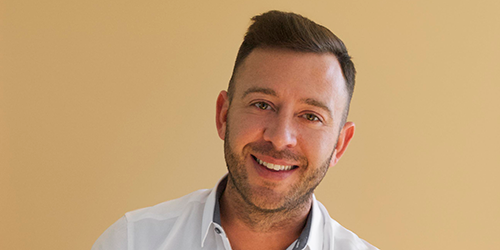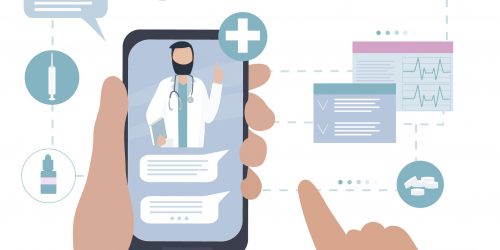We have eight years left
November 9, 2022 • By Jody JollimoreIt’s been just over a month since I took the reins as CATIE’s new executive director, but the countdown is already on. We have less than eight years for Canada to eliminate HIV and hepatitis C as public health threats. In 1990, CATIE was founded as a treatment information hub for people living with HIV. Since then, the organization’s mandate has expanded, and we are now Canada’s knowledge broker for service providers working in HIV and hepatitis C prevention, testing, treatment and care. For most of CATIE’s history, an end goal to the epidemic has always seemed just out of...






